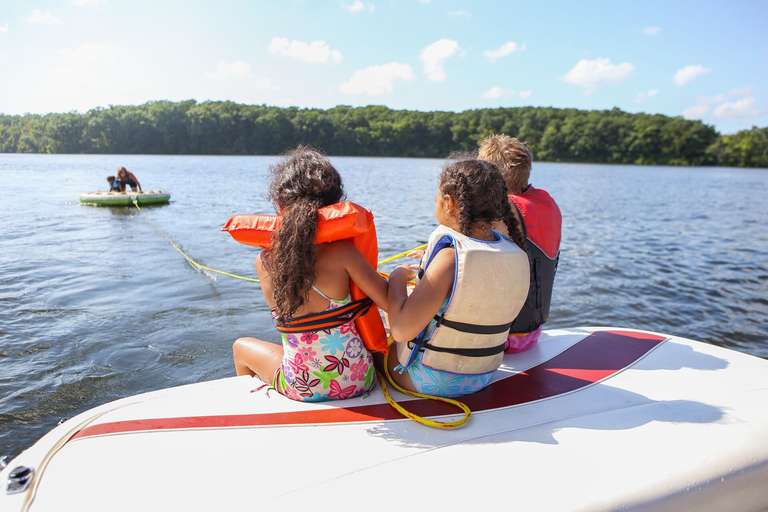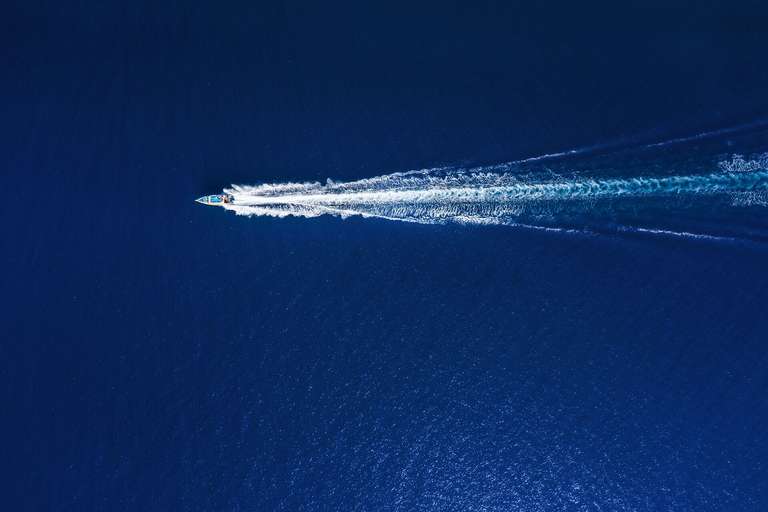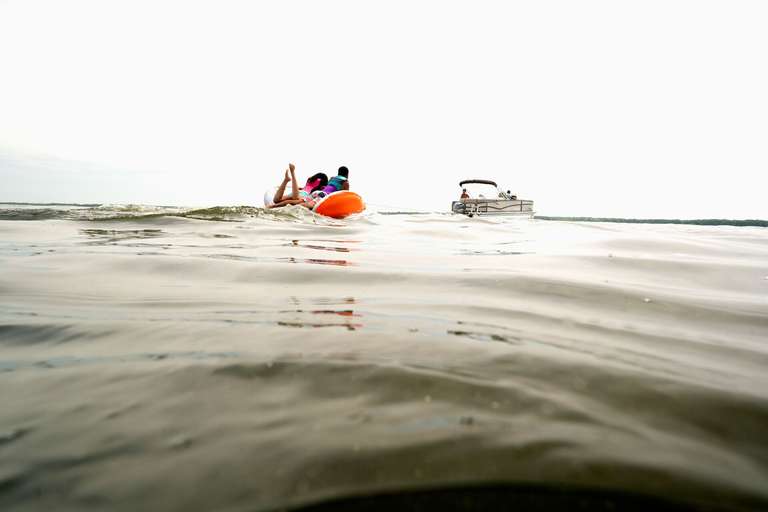Weather On the Water: When to Go Boating vs Staying On Shore
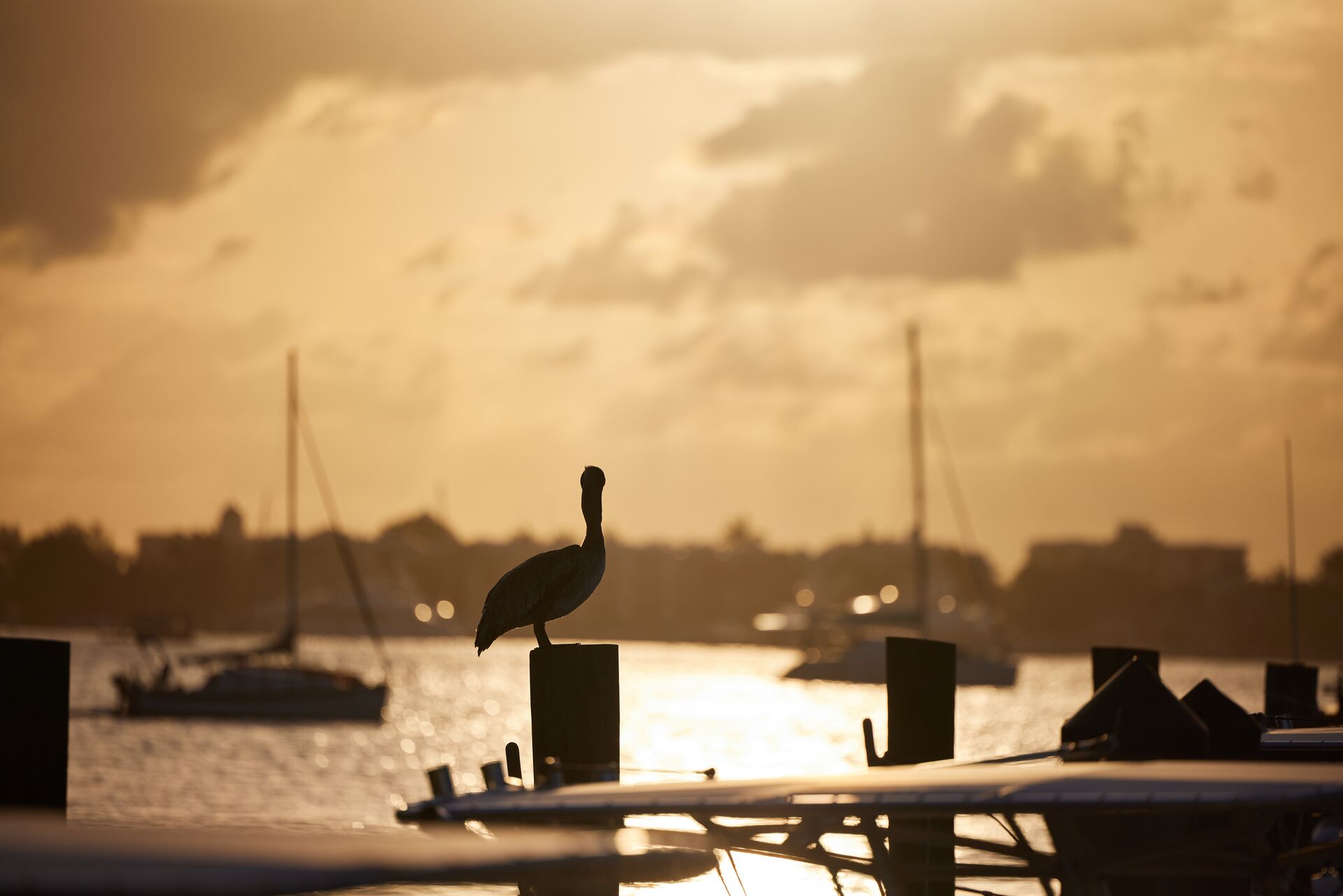
While we hope you can get out on the water as often as you want this season, there could be days when the weather isn't ideal for a boating adventure. Depending on where you live, bad weather could keep you on shore — and it's a smart decision to do so if hazardous conditions exist on your favorite lake or coast.
It's often difficult (or ill-advised) to boat when it's too cold. Ice and wind can be bad for you and your boat.
Before you pack your boat and gather your friends, it's always smart to check the weather to avoid a dangerous day on the water. Here's what you need to know about weather on the water, how to find out about it, and what to do in rough conditions to avoid a boating accident if you're caught in bad weather.
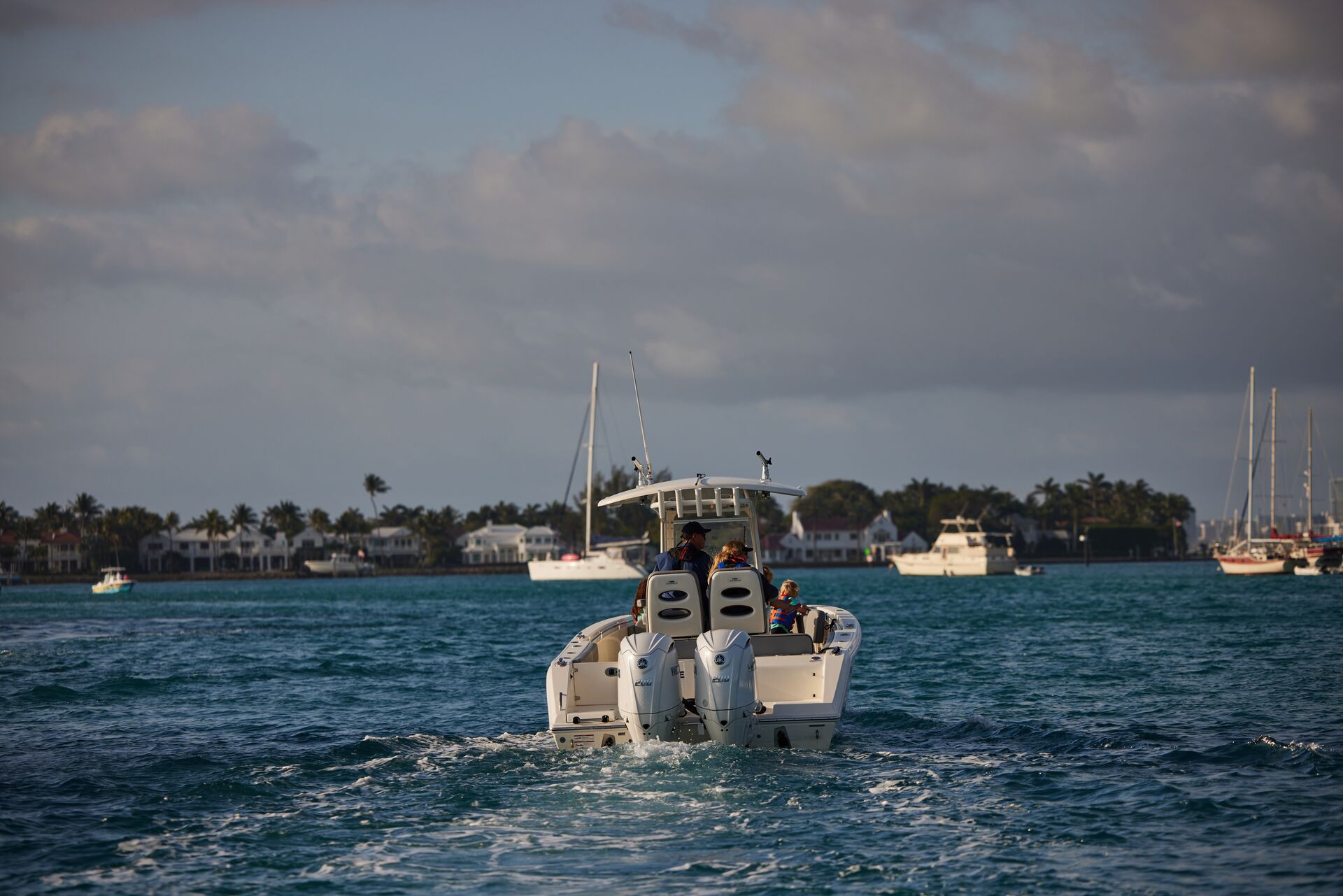
Checking Local Weather and Water Conditions
To avoid potentially hazardous weather such as strong wind, heavy fog, or hurricane warnings, you'll want to check weather forecasts prior to going out on your boat.
The National Oceanic and Atmospheric Administration (NOAA) provides up-to-date weather information. NOAA Weather Radio covers the continental United States, Alaska, Hawaii, and the Mariana Islands and can be found on the following channels.
| WX1 | WX2 | WX3 |
|---|---|---|
| 162.550 MHz | 162.400 MHz | 162.475 MHz |
Use NOAA broadcasts for information on temperature, humidity, wave conditions, barometric pressure, wind speed, and wind direction to help you plan your day on the water.
Observing Your Surroundings
In addition to checking the weather from an official source, boaters should observe what's going on around them before launching for a day on the water.
Whether before you launch or while on your boat:
- Watch the sky. Signs like fog, dark clouds, and lightning are a clear indication that bad weather is approaching.
- Monitor barometric readings. A rise in the barometer is a good sign that the weather will be nice, while a falling barometer indicates bad weather is likely.
- Watch for shifting wind. When the wind changes direction or temperature, it can be a sign that the weather is changing.
- Look to the east and the west. Bad weather generally approaches from the west, but storms approaching from the east typically are more severe.
- Monitor your radio and weather channels. Check local weather patterns, especially if you are not familiar with the waters you are boating in.
- Watch other boaters. If they are heading to shore, there is usually a reason.
Even if the forecast shows a sunny day, pay attention to the weather while outdoors. A storm can blow in unexpectedly while on the water. If you see dark clouds or experience increasing winds, it might be a good idea to head back to the dock before getting caught in bad weather.

Boating in Rough Water
You should always be prepared in case you are out on a boat and storms approach.
The following tips can help you keep everyone safe and make it back to the dock safely:
- Make sure everyone on the boat is wearing a life jacket.
- Always reduce your speed. Watch for other boats and floating debris.
- Avoid swamping. Close all hatches and ports to make sure the boat is not taking on water.
- Stabilize the boat. Move all passengers to the centerline and have them stay low.
- Secure all loose items so that nothing is lost overboard.
- Ensure that the boat sits as high as possible by pumping out the bilges.
- Locate the nearest sheltered areas by checking your marine charts.
- Always proceed as cautiously as possible to the nearest shoreline that is safe to reach.
Work quickly and stay alert to get back to shore before the storm hits.
What to Do In Bad Weather on the Water
What happens if you're caught in a storm or bad weather on the water?
Once a storm does start, it is important to:
- Unplug all electrical equipment, stay low on the boat, and keep away from metal objects in the event of lightning.
- Keep the boat in the most stable position by heading its bow into the waves at a 45-degree angle.
- In the event of an engine stall, drop an anchor from the bow to prevent drifting or swamping.
Never drop anchor from the boat's stern!
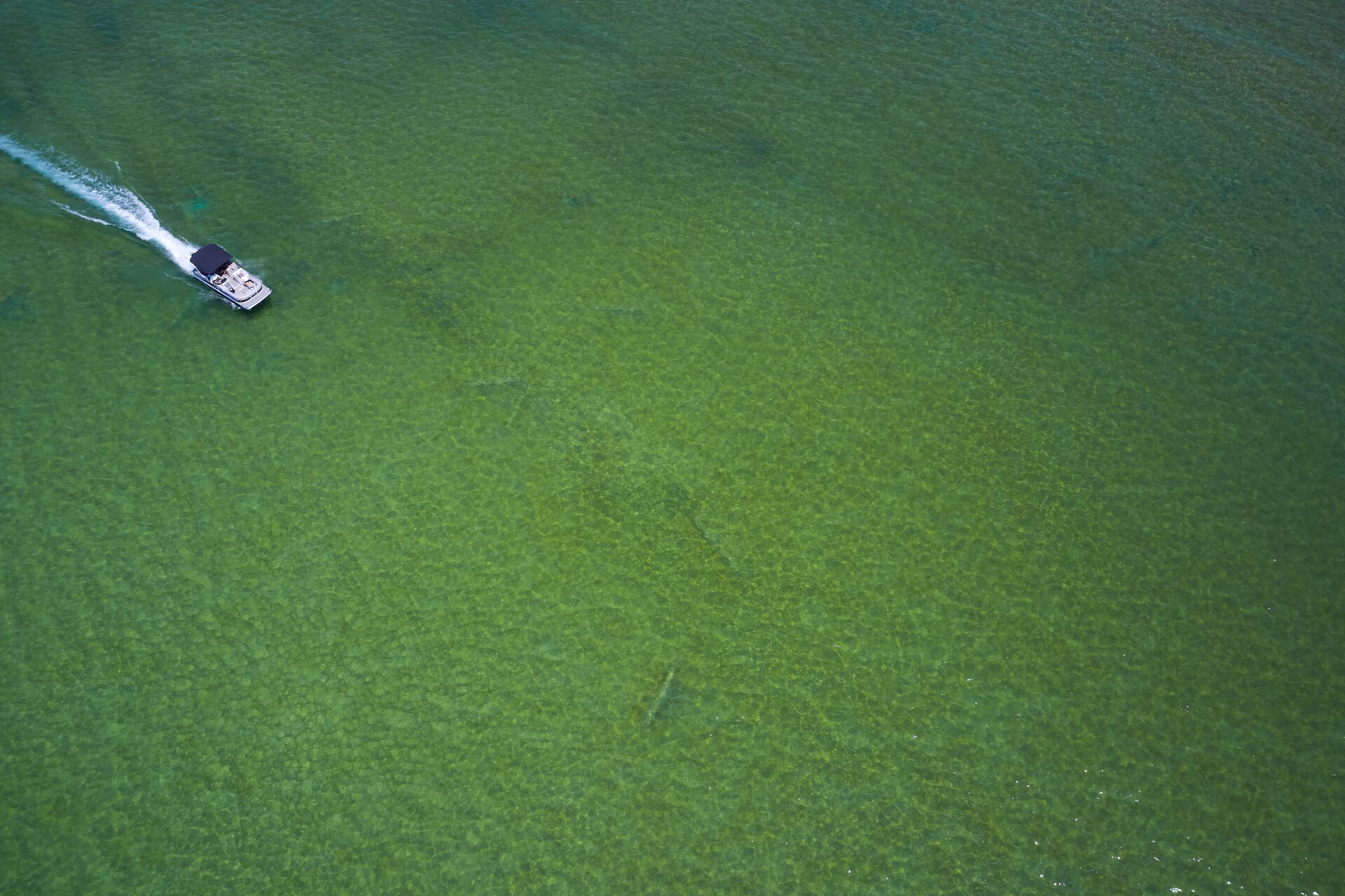
Checking Local Hazards
In addition to checking the weather, it is important to be aware of local hazards. These can be found on local marine charts and by checking with local boaters and marinas; both are usually happy to share their knowledge.
Also, find out if there are local rules that should also be adhered to, such as horsepower restrictions, hours of operation, or access to locking operations, that could impact your day on the water.
Beware of the following types of hazards:
- Whitewater areas can be very dangerous. These strong, rushing currents can easily drag a boat or person downstream into rocks and debris.
- Shoaling areas are those that slowly become shallow. They can be difficult to find without local charts.
- Hazardous inlets tend to produce abnormal currents and changes in water levels.
- Abnormal tides or currents can be dangerous to boats and passengers as they may impact the ability to steer and navigate.
- Low-head dams pose a hazard due to the hydraulic hole at the base of the dams. These dams are particularly dangerous to paddle boats. Always watch for warning signs and buoys and maneuver around them when possible. Getting trapped in these dams can be fatal.
- Power lines can be hazardous to sailing vessels; all vessels with a mast are at risk. Never take the chance of passing below a power line unless it is clear that your boat has plenty of clearance.
- Low seasonal waters occur because water levels are higher in the spring and lower in the summer. Always adjust for seasonal waters because they do not appear on local charts, which only reflect average water levels.
- Obstructions such as bridges, channel openings, and commercial fishing nets can all pose a risk to your boat and safety. Always be aware of your surroundings and any obstructions that may be in your path.
Between the weather and potential hazards in the water, boaters must always be aware of their surroundings to stay safe on the water.
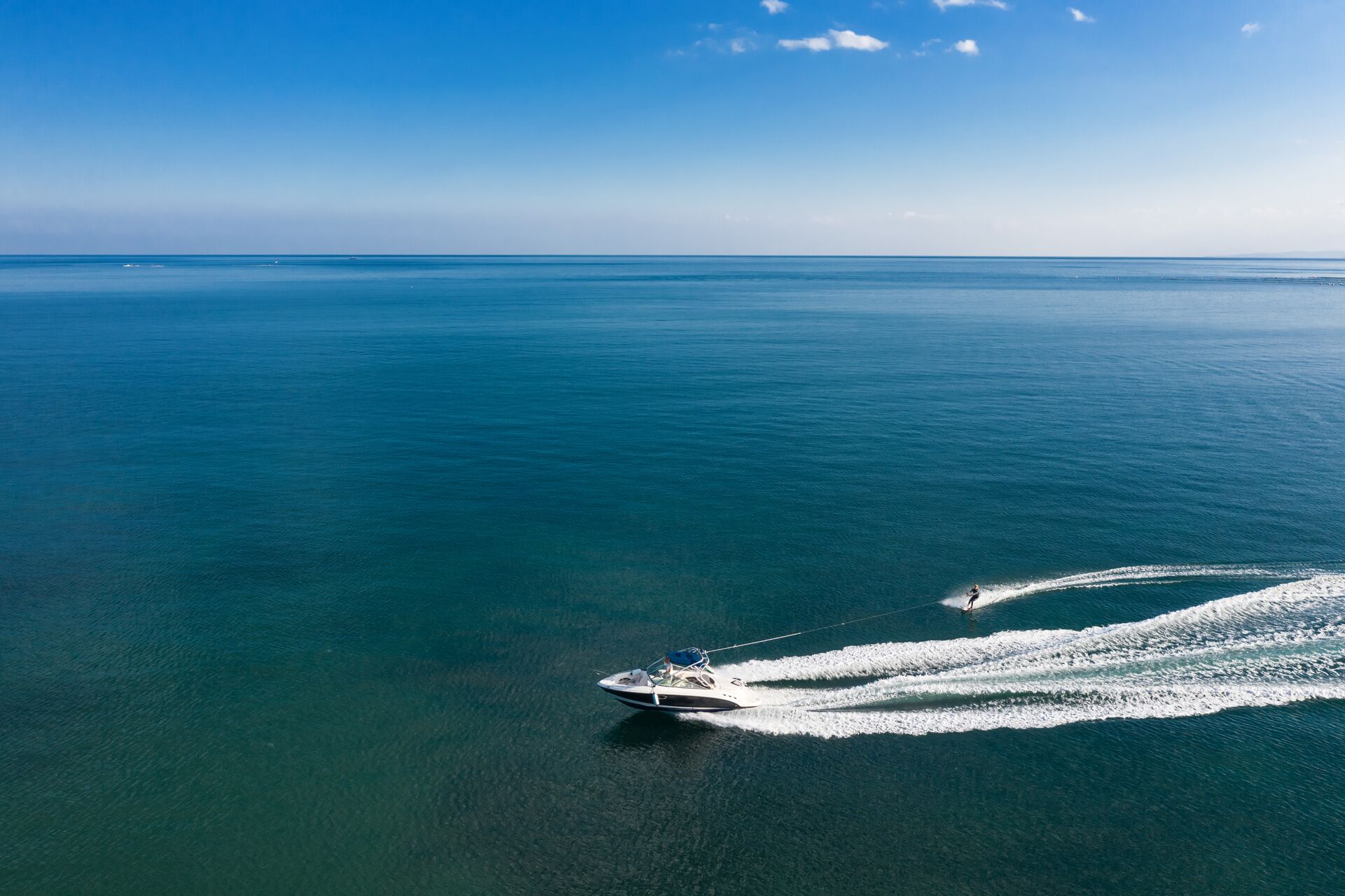
Learn More About Safe Boating Through a Boater Education Course
Weather changes can be a significant concern for boaters. Checking the weather should be part of your pre-departure checklist every time you plan to head out for a day on the water.
What else should you do before you leave the dock? Do you know the different small craft advisories, and what to do if you see one? These things (and more) are part of the crucial information boat operators need to know before hitting the water.
To learn the essentials of boating safely, take an online boater education course with ilearntohunt! We teach you everything you need to know about safe boating in a fun, gamified format. Plus, taking our course and passing the exam meets most state requirements for boater education.
So, apply the information we shared today about weather on the water in mind and choose the course for your state to become a safe, responsible boater!
First published in 2021. Content most recently reviewed and updated for accuracy and relevancy November 14, 2024.

